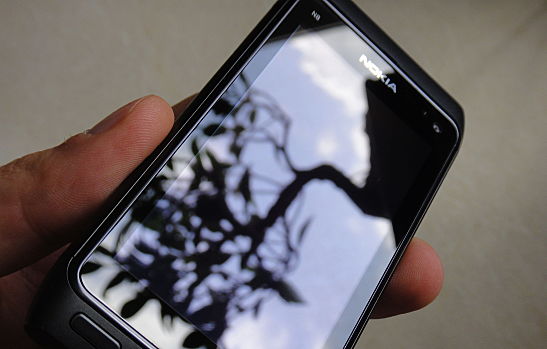Many consumers may not know the difference between sapphire glass and gorilla glass, but we know many of you will care. About 30% of the phones we see traded in to Gazelle have been broken in some way, so there’s a good chance that you’ll be affected by the durability of your phone’s screen.
Gorilla glass is the current standard for high-end smartphones
Since its introduction, Apple has used Gorilla Glass in its iPhone. Gorilla Glass is a type of toughened glass developed by Corning Inc. that’s damage resistant and used in millions of mobile devices sold throughout the world. Corning has developed three different generations of Gorilla Glass, with each being more resistant to cracking, more scratch resistant and thinner than the previous generation.
Gorilla Glass is manufactured through a process that chemically hardens the glass, making it more resistant to compressive force. As a result, it’s less likely to scratch or fracture in an impact than traditional glass while also maintaining the thin profile necessary to fit into modern mobile devices.
Sapphire glass may become the new feature
Sapphire Glass hasn’t been as widely used in mobile device screens as Gorilla Glass but has been used in watches for some time. Apple is also already using it in its latest iPhones as a cover for the camera lens and for the TouchID sensor on the iPhone 5S.
Sapphire Glass is manufactured differently than Gorilla Glass. Instead of a chemical process hardening the glass, sapphire crystals are grown in furnaces in blocks, then cut with a diamond saw or laser to specification for the product. While this makes sapphire glass extremely scratch resistant and harder than Gorilla Glass, it’s much more expensive to produce with some reports of it being up to 10 times more expensive. Sapphire glass is also heavier than Gorilla Glass, which may mean the next iPhone is likely to weigh more.
So which is better? That’s tough to say, but we see our fair share of broken phones at Gazelle. If Apple releases a phone with sapphire glass later this year, we’ll see how many come in with a broken screen compared to Gorilla Glass models and report back.
Image courtesy of Wikimedia Commons
[cf]skyword_tracking_tag[/cf]

